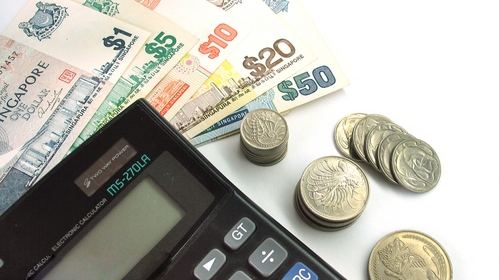
Payment delays increase in Q2
More companies, particularly in retail and consumer services, were not able to pay for transactions on time.
Singapore’s payment performance deteriorated in the second quarter (Q2), according to the latest data from the Singapore Commercial Credit Bureau (SCCB).
On a quarter-on-quarter basis, prompt payments dipped by 1.74 percentage points to 40.76% in the second quarter. Year-on-year (YoY), there was a mere 0.67 increase in these on-time payments, to 40.76% in Q2 of 2021.
On the other hand, slow payments increased to 44.56%, or by 1.48 percentage points, in Q2 compared to the first quarter (Q1). YoY, there was a decrease by 1.22 percentage points to 44.56%.
The number of partial payments inched up to 14.68%, or by 0.26 percentage points, in Q2 compared to Q1. YoY, there was a 0.55 percentage point increase to 14.68%.
Slow payments increased quarterly in four of five major industries — construction, retail, services, and wholesale. Only the manufacturing industry saw fewer slow payments in Q2.
“We saw an increase in firms experiencing cashflow woes, particularly the retail and consumer services sub-sectors, which were adversely affected by the string of COVID-19 restrictions and measures being implemented in the previous quarter,” said SCCB Chief Executive Officer Audrey Chia.
More than half of the transactions in the construction sector, at 55.8%, were not paid on time, particularly in the building construction and special trade contractor sectors.
Payment delays in the retail sector were at 45.3% as food and beverage retailers found it difficult to settle bills on time. This was followed by general merchandise and apparel retailers.
Slow payments within the services sector rose for the second consecutive quarter at 43.72%, whilst slow payments within the wholesale trade sector increased to 38.98% in Q2.
The manufacturing sector improved its ability to settle transactions on time, with payment delays dipping to 38.98% in Q2 compared to 39.05% in Q1.
“As compared to the same period last year, payment performance has improved visibly, which are definitely encouraging signs. Notwithstanding the uncertainties in the trajectory of the pandemic, we anticipate any improvements in payment performance to be gradual in the coming months,” Chia said.
























 Advertise
Advertise






